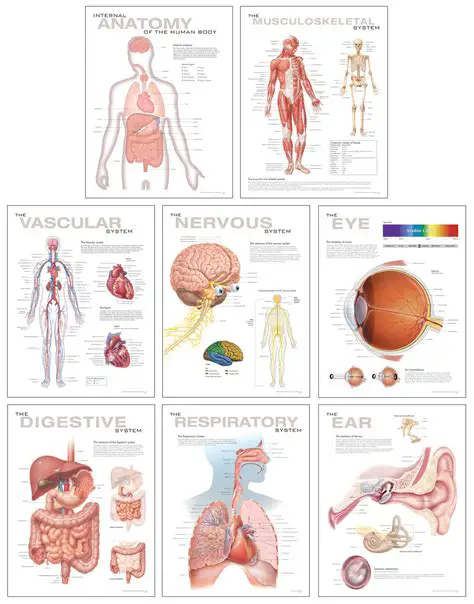Introduction:
Unlocking the mysteries of the human body can be an arduous journey, especially when it comes to comprehending the intricacies of anatomy. This extensive guide delves into the complexities of anatomical study, providing insights into its challenges, rewards, and effective learning strategies.

The Challenges of Anatomy
1. The Vastness of Knowledge:
Human anatomy encompasses a vast body of knowledge that includes intricate systems, structures, and relationships within the body. The sheer volume of information to master can be overwhelming, requiring dedication and consistent effort.
2. Complex Terminology:
Anatomy employs a unique language of Latin and Greek terms to accurately describe anatomical components. Students often encounter unfamiliar and challenging terms, which can hinder their understanding and memory retention.
3. The Three-Dimensional Nature:
The human body is not a static object but a dynamic structure with intricate relationships in three dimensions. Visualizing and understanding these relationships from two-dimensional textbooks and diagrams can be challenging.
Tips and Tricks for Mastering Anatomy
1. Active Learning and Repetition:
Anatomy is best learned through hands-on experiences and repeated practice. Engage in cadaver dissections, use anatomical models, and draw or label structures to enhance comprehension.
2. Focus on Understanding, Not Memorization:
Avoid rote memorization and strive for a deep understanding of anatomical concepts. Relate structures to their functions and connect them to clinical applications to make learning more meaningful.
3. Utilize Technology:
Technology offers a wealth of resources to support anatomical learning. Utilize interactive simulations, 3D imaging software, and online tutorials to reinforce understanding and improve visualization.
4. Seek Guidance and Support:
Don’t hesitate to seek assistance from professors, teaching assistants, and fellow students. Form study groups, ask questions, and participate in discussions to clarify concepts and improve retention.
5. Practice and Patience:
Mastering anatomy requires consistent practice and patience. Set realistic study schedules, break down large tasks into smaller ones, and avoid cramming at the last minute.
Pros and Cons of Studying Anatomy
Advantages:
1. Enhanced Medical Understanding:
A thorough understanding of anatomy is essential for medical professionals, providing a solid foundation for diagnosis, treatment, and surgical interventions.
2. Improved Physical Literacy:
Anatomy empowers individuals to understand their bodies better, enabling them to make informed decisions about health and fitness.
3. Artistic Enhancement:
Anatomy knowledge is invaluable for artists, helping them depict human forms with accuracy and realism.
Disadvantages:
1. Time-Consuming:
Mastering anatomy requires a significant investment of time and effort, often extending beyond classroom hours.
2. Can Be Disconcerting:
The study of cadavers and dissection may be emotionally challenging for some individuals.
3. May Not Be Suitable for All:
Anatomy is a specialized field that may not be suitable for all individuals, particularly those with certain phobias or sensitivities.
Frequently Asked Questions (FAQs)
1. What is the best way to learn anatomy?
– Active learning, consistent repetition, and a focus on understanding rather than memorization.
2. How long does it take to master anatomy?
– The duration varies depending on the level of expertise desired and the individual’s learning pace.
3. Is anatomy a difficult subject?
– Anatomy can be challenging due to its vastness, complex terminology, and three-dimensional nature.
4. Can anatomy be studied alone?
– While self-study is possible, guidance and support from instructors and fellow students can significantly enhance learning.
5. Is anatomy important for non-medical professionals?
– Yes, anatomy is beneficial for a wide range of professionals, including artists, physical therapists, and researchers.
6. How can I overcome my fear of dissection?
– Gradual exposure, support from instructors and peers, and a focus on the scientific and educational value of the experience can help mitigate fears.
Conclusion: An Anatomical Odyssey
The study of anatomy is a challenging but rewarding endeavor that unveils the intricate workings of the human body. By embracing active learning, seeking support, and utilizing effective strategies, individuals can conquer the complexities of anatomy and reap its numerous benefits. Whether for medical practice, artistic expression, or personal knowledge, the pursuit of anatomical enlightenment is an empowering and enlightening journey.
